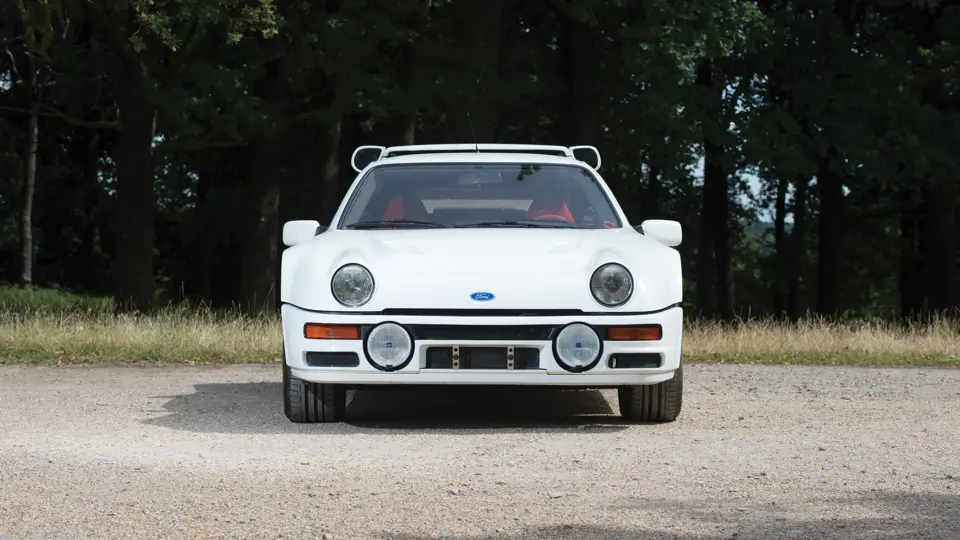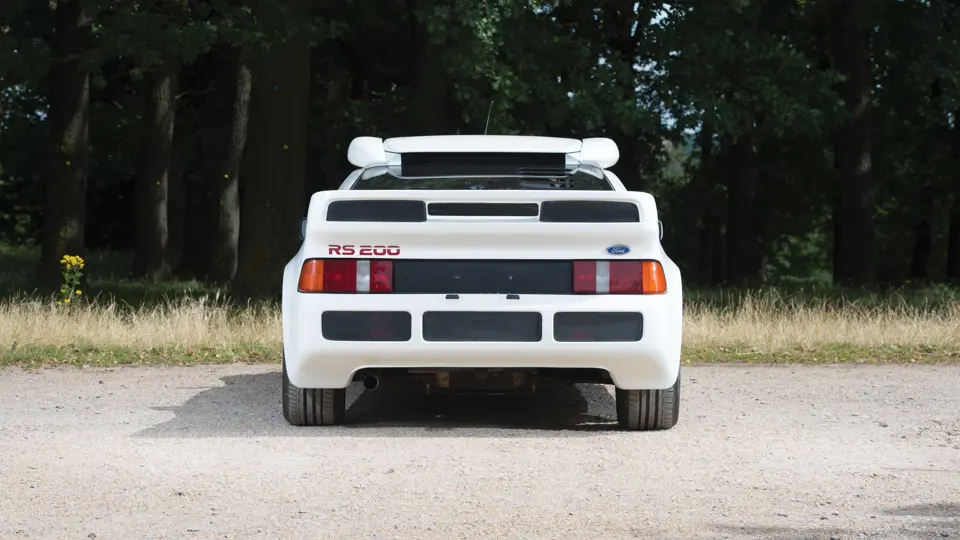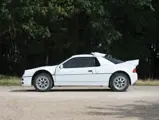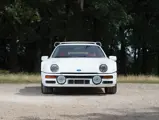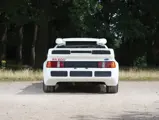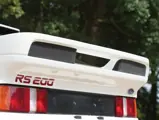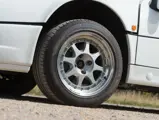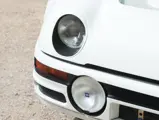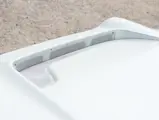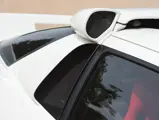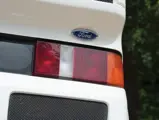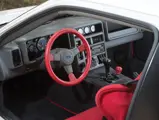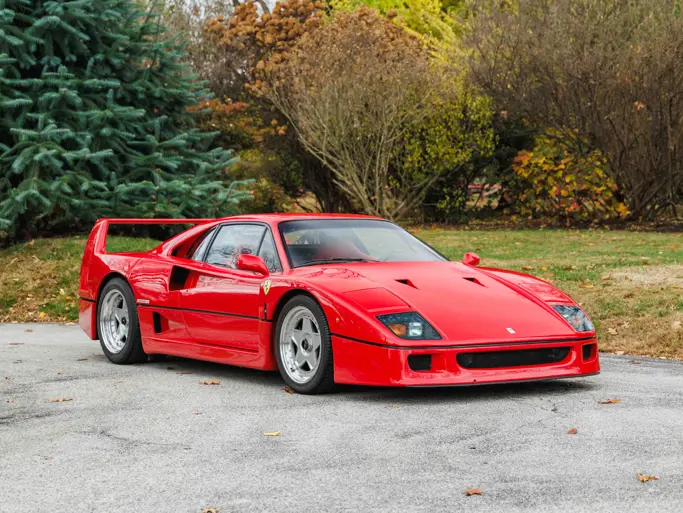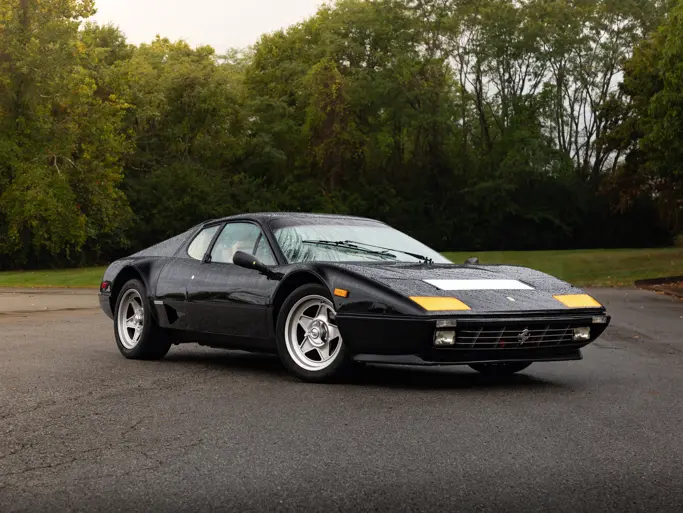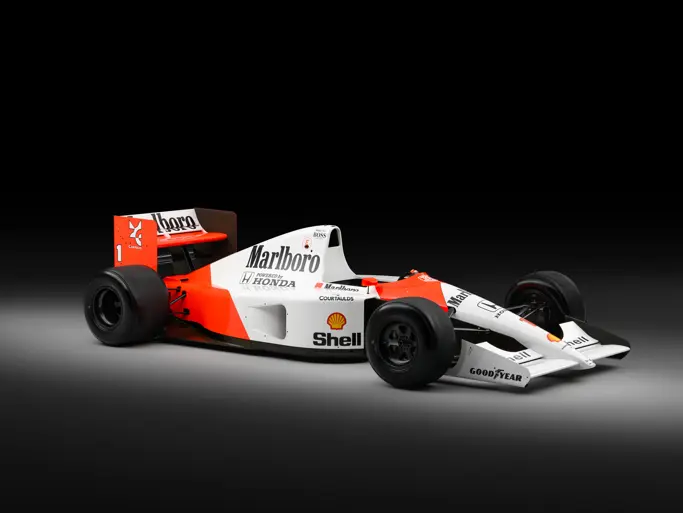350 bhp, 1,803 cc DOHC Cosworth turbocharged inline four-cylinder engine with Bosch electronic fuel injection, five-speed manual transmission, four-wheel independent suspension with coil springs and shock absorbers, and four-wheel disc brakes. Wheelbase: 2,530 mm
With the introduction of Group B regulations, the world of rallying was to experience its greatest period of the quickest, most powerful, and most sophisticated rally cars ever produced.
Following a decade of enormous competitive success with the Escort RS, Ford began development of the Escort RS 1700T for Group B, but development problems forced the eventual abandonment of the project. The extraordinary pace of progress of Group B cars also forced Ford to radically rethink its approach, resulting in the RS200 programme led by Stuart Turner. He was to develop an all-new, purpose-built rally car to compete with the likes of the Audi Quattro and Lancia Delta S4.
In 1984, the RS200 was a unique design, featuring a composite/glass fibre body, styled by Filippo Sapino at the Ghia Design Studio. Chassis design and development was led by legendary race car designer Tony Southgate and former F1 engineer John Wheeler. The mid-mounted 1.8-litre engine was developed by Cosworth and fitted with a Garett T03/04 turbocharger, whilst the gearbox was positioned in the front for ideal 50/50 weight distribution.
After two years of development, the RS200 finally made its debut in the 1986 World Rally Championship. Despite a podium finish on its first WRC rally, however, the Group B cars were banned outright later that year, before the RS200 could begin to live up to its potential. Despite being pushed off the world stage, the RS200 achieved great success elsewhere in the hands of Stig Blomqvist, Malcolm Wilson, and Mark Lovell, who clinched the British Rally Championship with his RS200. It was in Rallycross where the RS200 would achieve greatness, taking victories across Europe.
In line with Group B regulations, 200 road cars would need to be produced for homologation, and unlike several of the other manufacturers, Ford produced the road cars in very close specification to the rally cars. Of the approximately 200 cars built, only 20 “S” variants were produced with the idea of making the “best RS200s ever.” Power was improved by an incredible 100 brake horsepower to 350, electric windows were fitted, airflow was improved with extra intakes, and the interior was given greater attention by Tickfords.
Believed to have been the eleventh RS200 S, this example, serial number 137, was first delivered to West German dealer Stefan Schollwoek on 24 October 1990 with a rally specification dog-clutch selector, which allows the driver to control the four-wheel-drive torque split with the secondary gearstick. A week later, Schollwoek sold 137 to its first private owner, Paul Dunkel, who imported it into Luxembourg, and then cherished it over the next 23 years. During Dunkel’s ownership, 137 was never raced, and it covered around 3,890 kilometres; mechanical work included a clutch replacement in 2013. In early 2014, 137 was acquired by the very well-known musician Jay Kay of Jamiroquai, who kept this RS200 S in his collection for over a year before it came into the current ownership.
Presented in original and very good condition throughout, this RS200 still retains its correct grey trim with red Recaro sports seats and matching red leather XR3i steering wheel. Currently showing 4,100 kilometres on the odometer, 137 is one of the lowest mileage RS200s in existence.
A great addition to any modern classics collection, this RS200 S represents the best of the Group B specials and is a notable example of one of Ford’s most extreme competition creations.





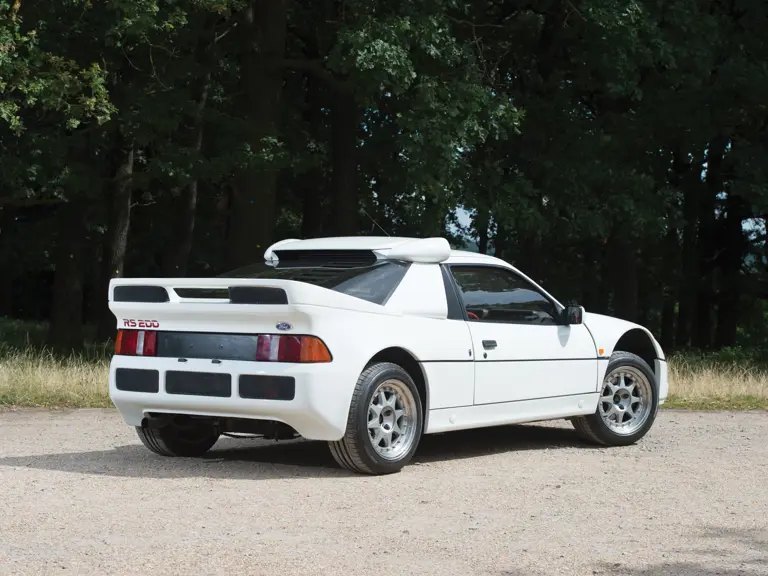
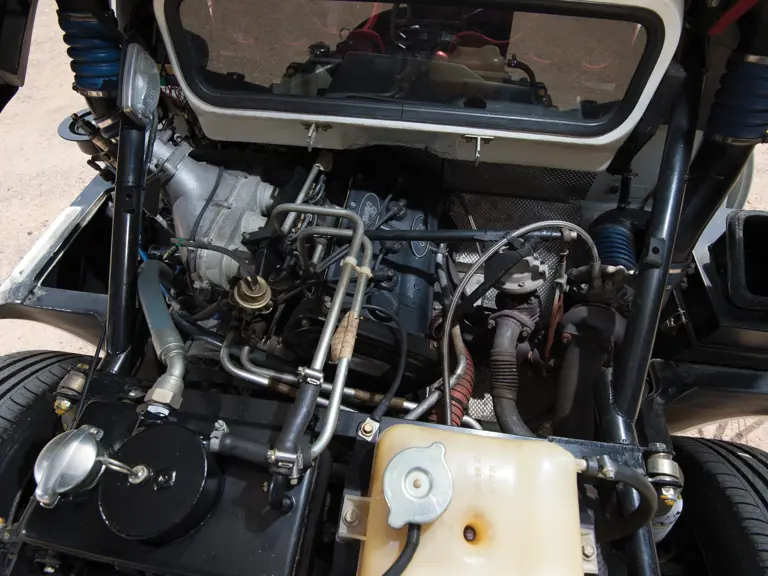
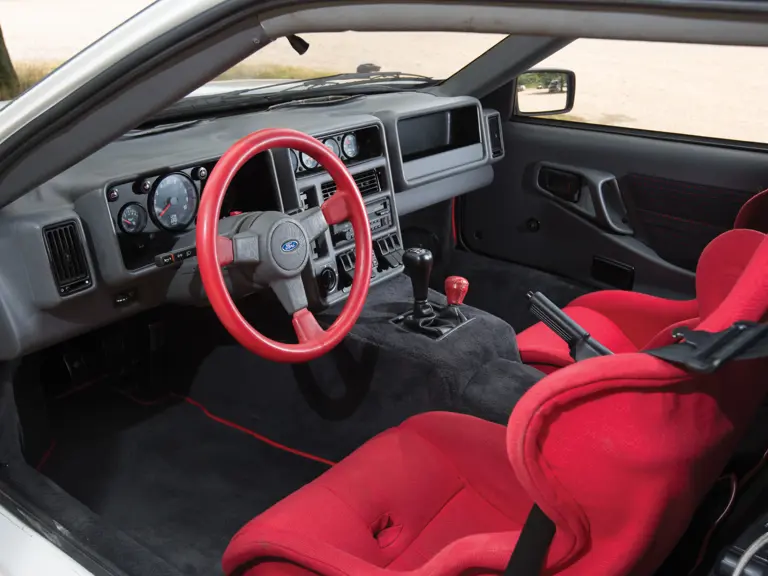
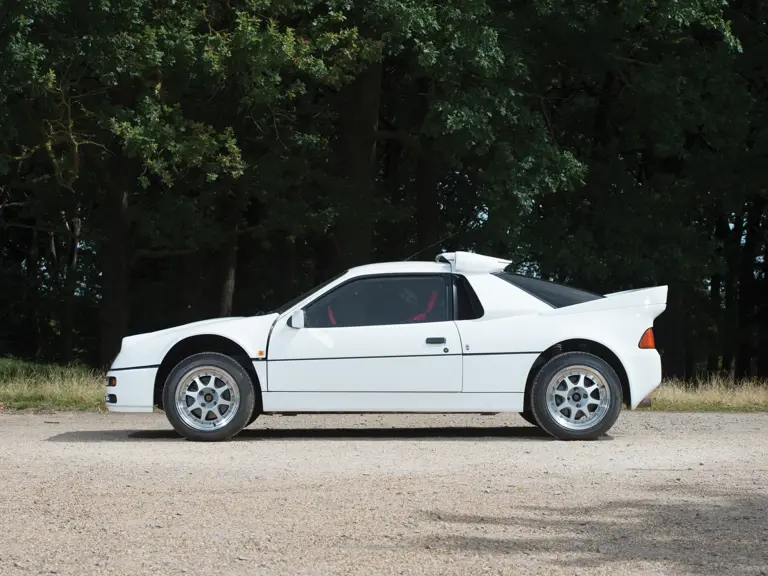

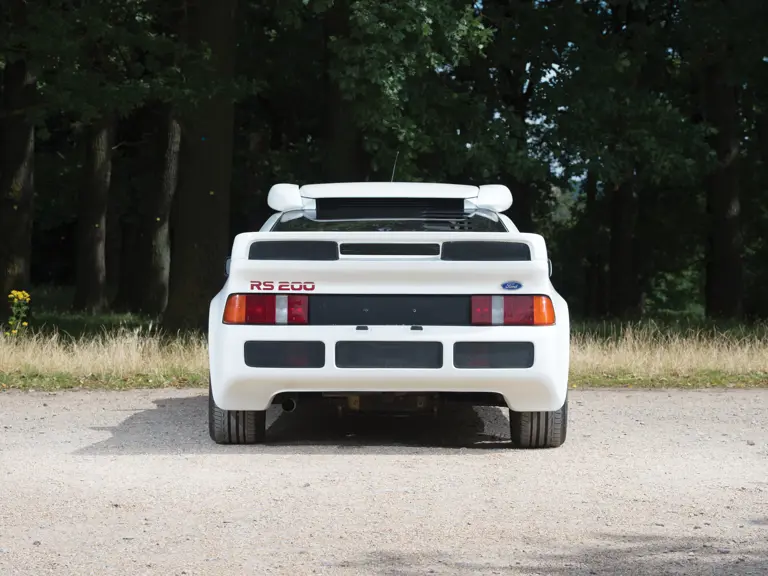
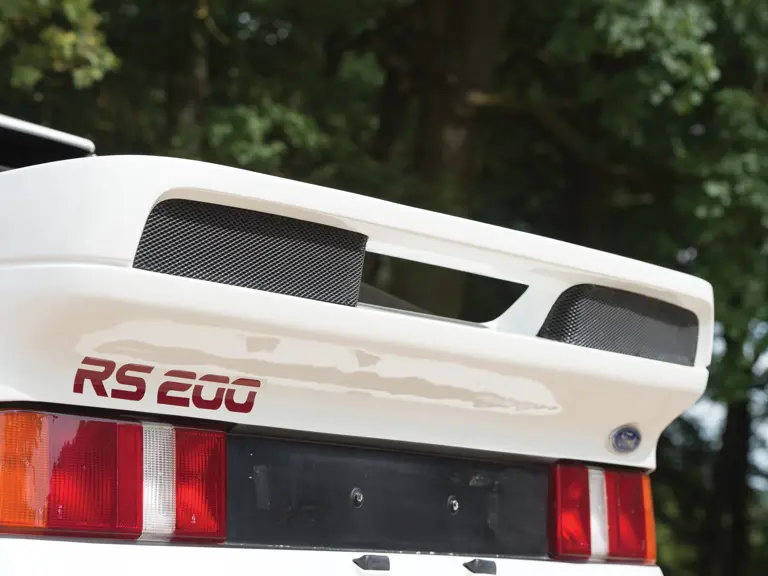
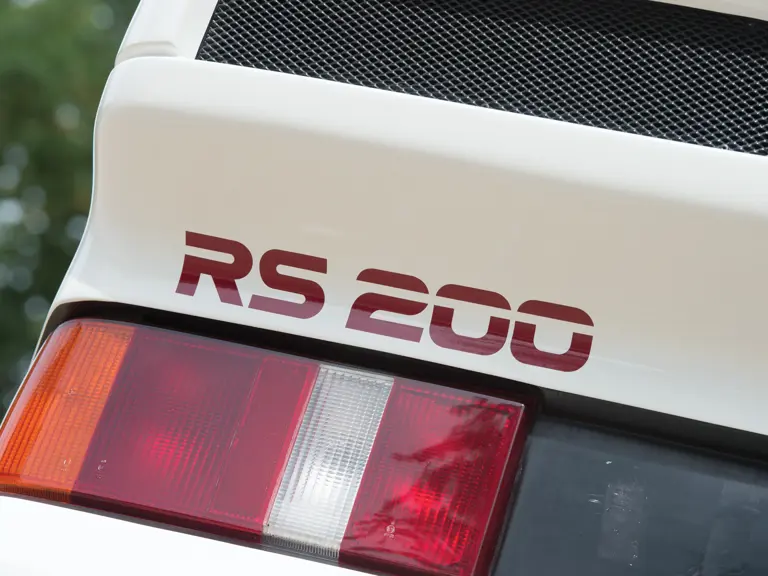
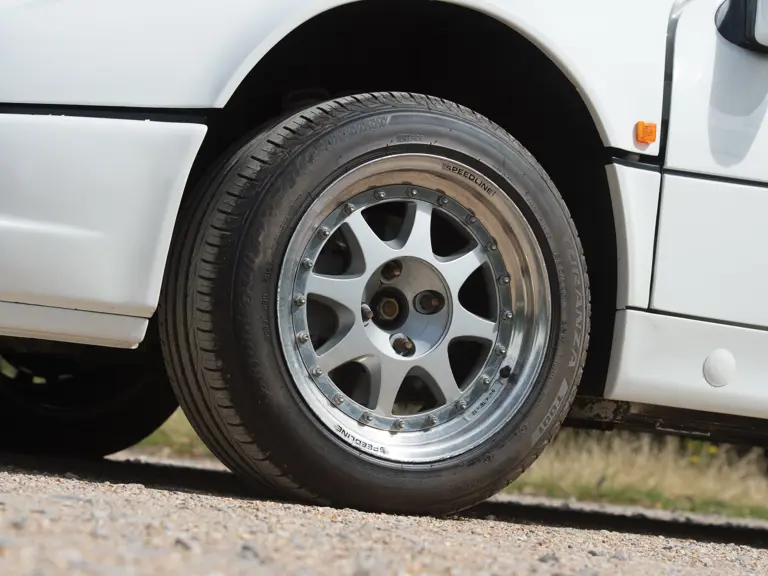


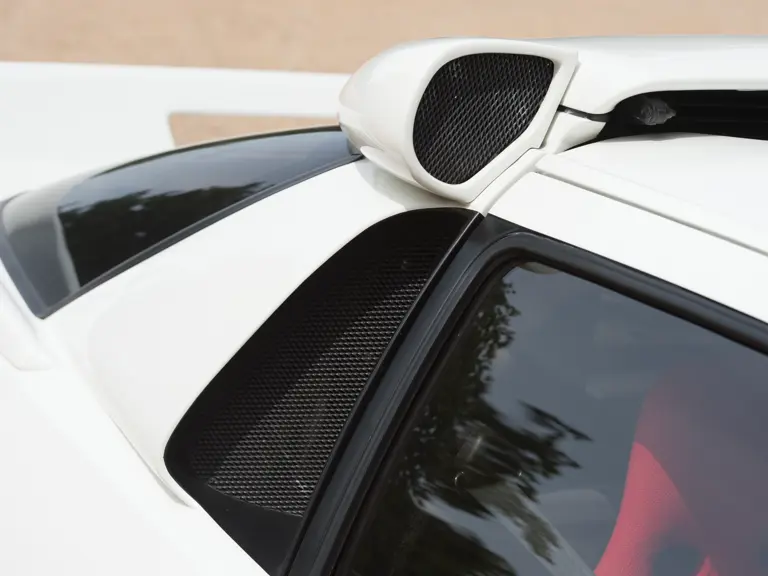
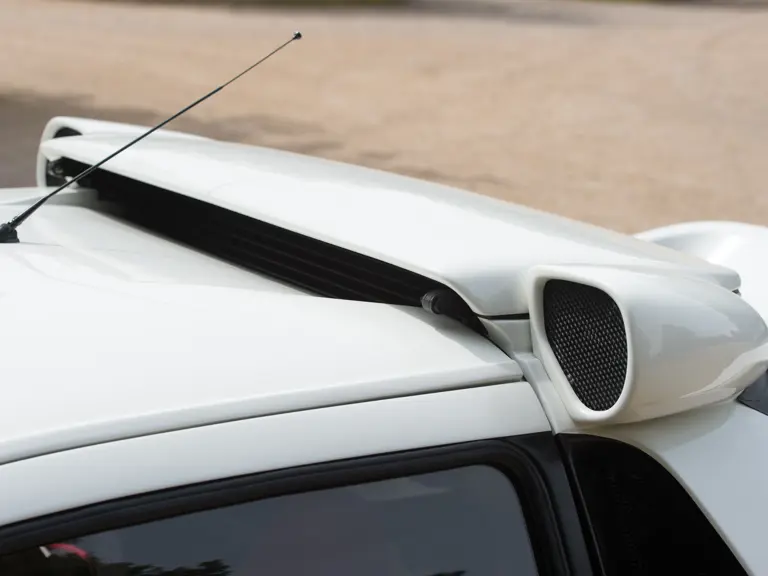



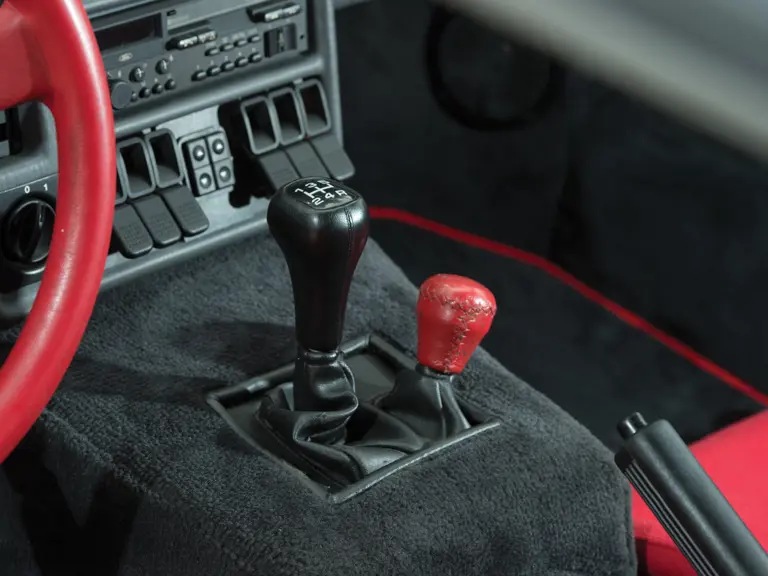

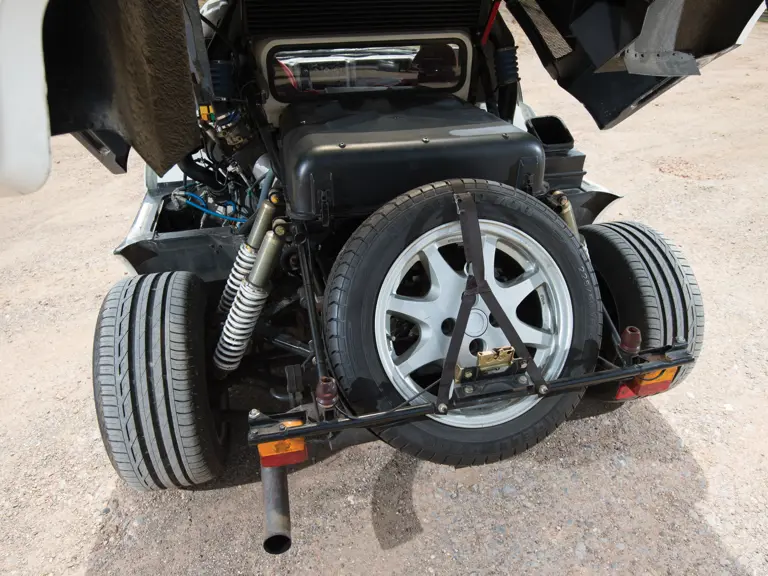

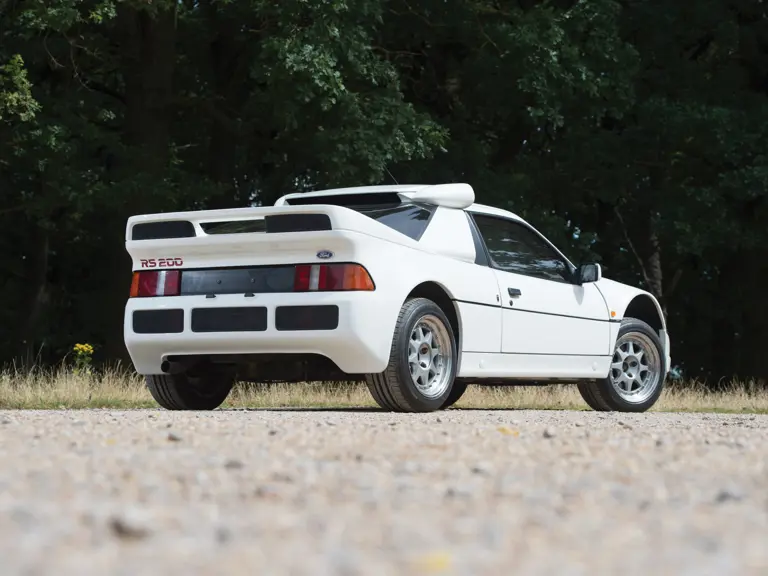
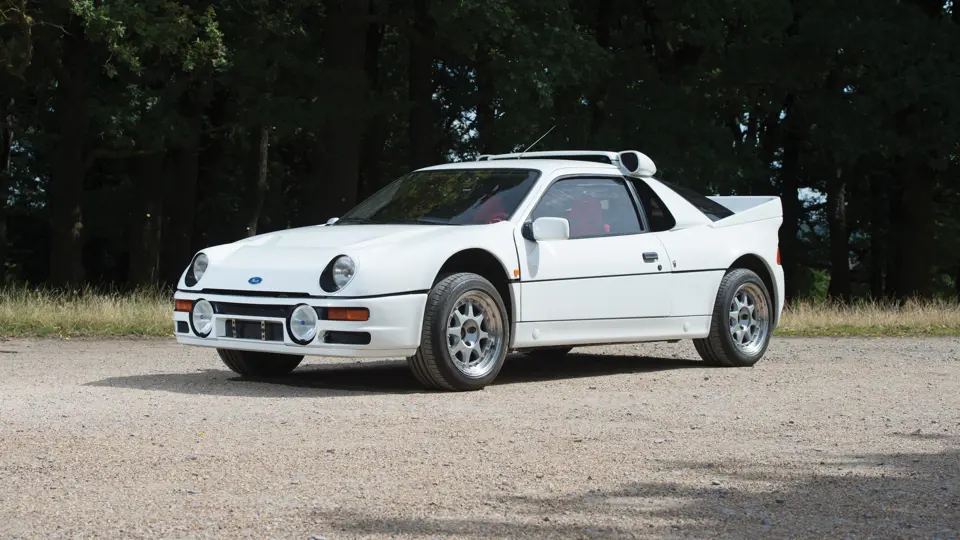
 | London, United Kingdom
| London, United Kingdom

